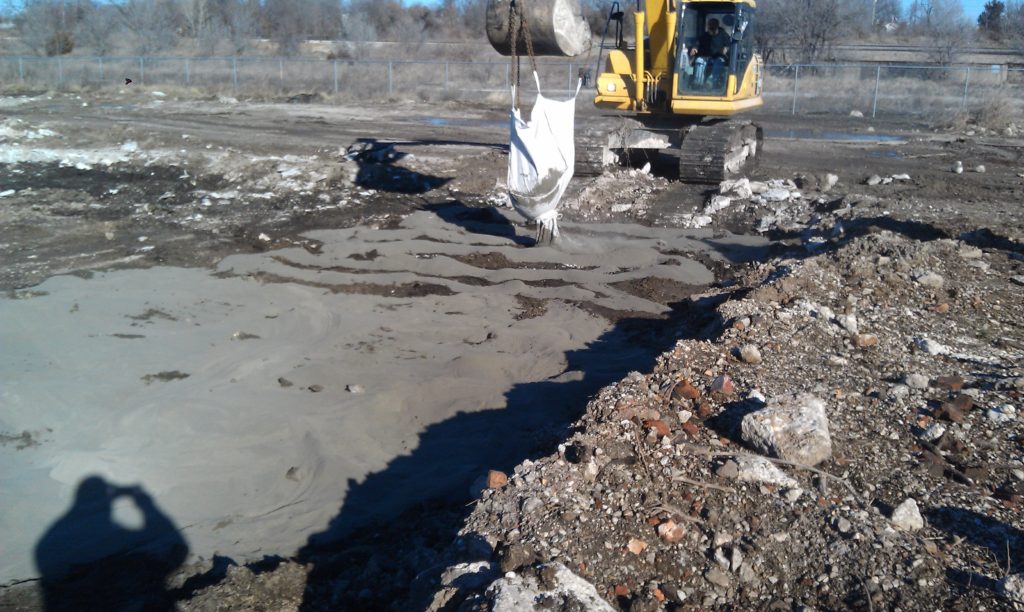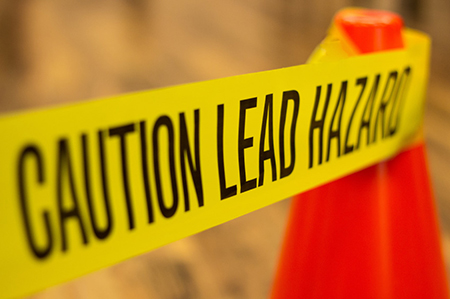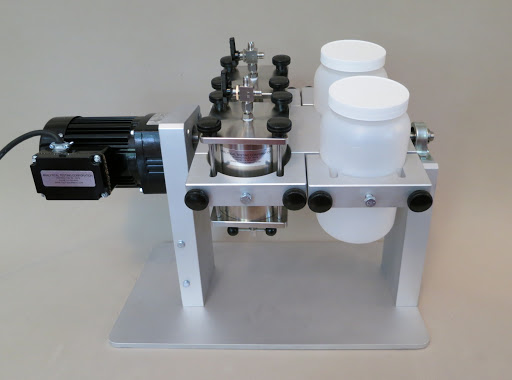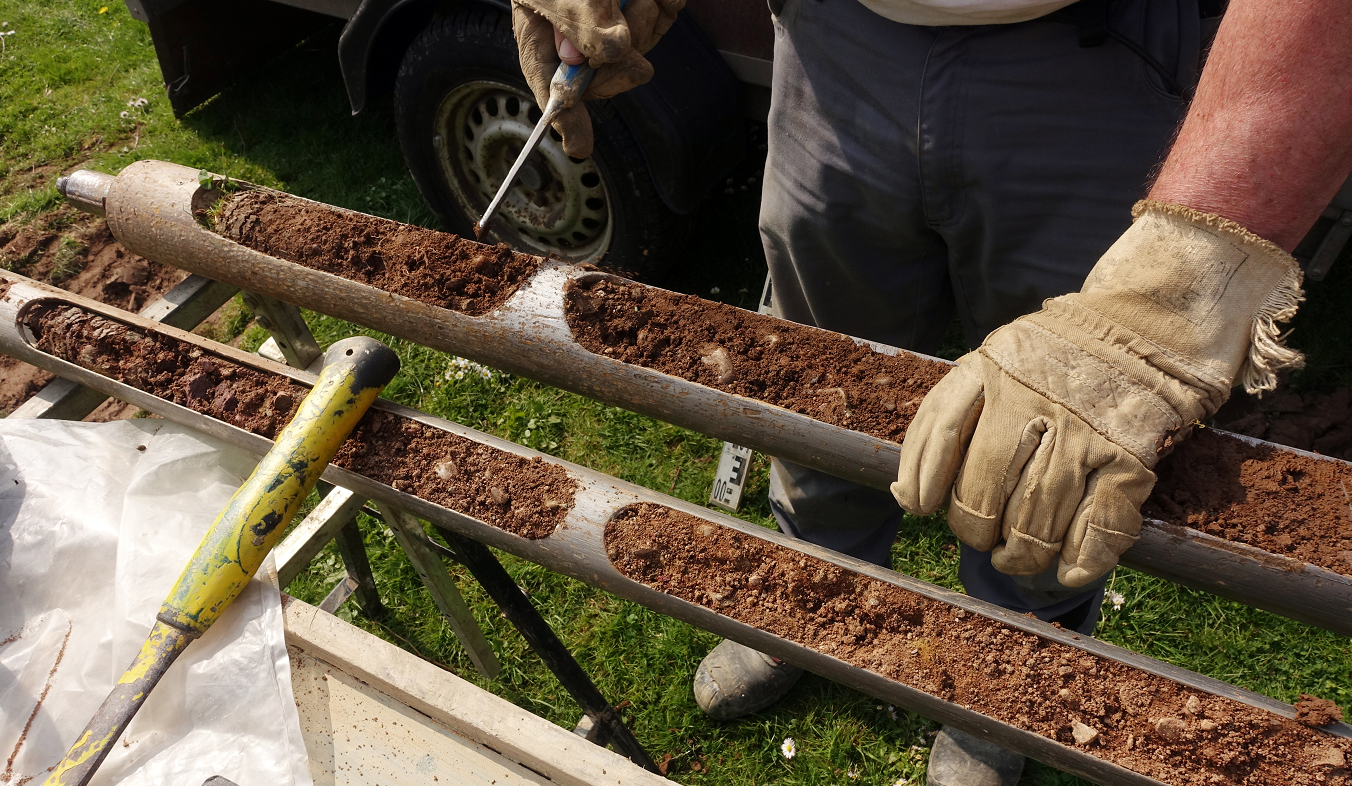Treatment of Metal Contaminated Soils
Metal contaminated soils requires a Toxicity Characteristic Leaching Procedure (TCLP) test to determine if the soil needs to be managed as hazardous or non-hazardous waste. Soils exhibiting hazardous characteristics need to be disposed of at a facility permitted for that material at a high cost.
Soils treated in the field prior to off-site disposal can be rendered non-hazardous and be disposed of in a regular landfill. Blastox® 215 is used to treat metal contaminated soils so that it can pass a TCLP test, allowing for non-hazardous disposal at a much lower cost.
Metals Contaminated Soil Testing
Use of a proper sampling method is vital to obtain a representative sample of metal contaminated soils. For a given project, several smaller samples should be randomly pulled from various areas of the waste pile. Depending on the size of the area, we suggest eight (8) to ten (10) smaller samples be obtained. This is especially true for projects where some of the wastes have very high concentrations of metals (TCLP > 100 mg/l).
The keys to successful metal stabilization are (1) using the right reagent, (2) using the right dosage and (3) achieving good mixing of the reagent and the waste.
Blastox® 215 dosage is determined based off the TCLP testing levels of metal contaminated soils. Typically, Blastox® 215 dosage averages 2% – 5% by weight. The higher hotspot areas get the higher dosage, the lower TCLP areas get a lower dose.
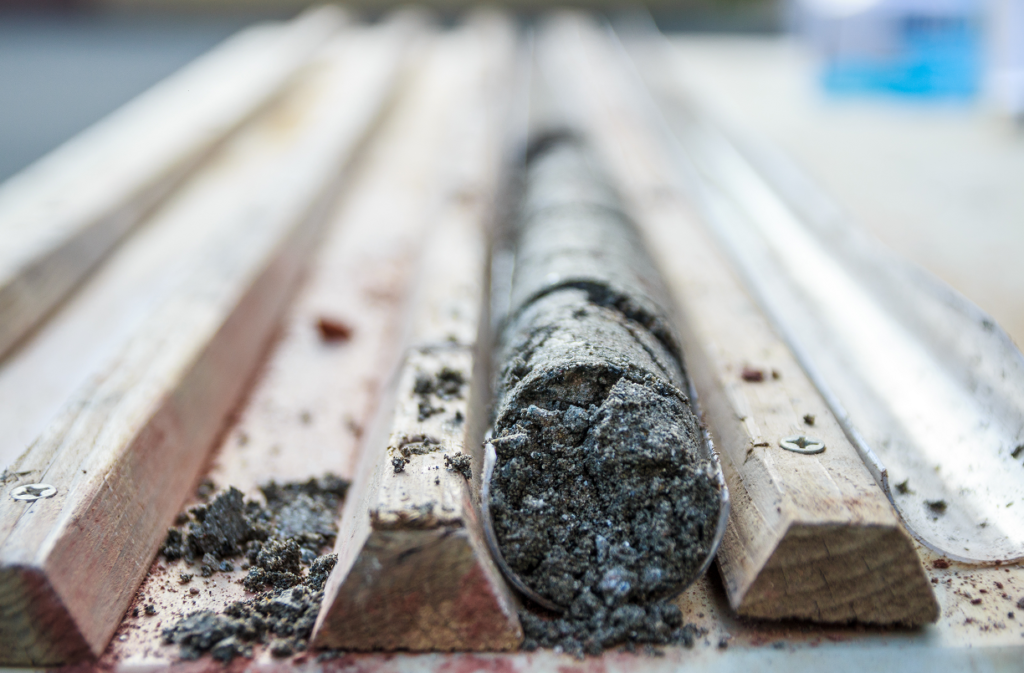
Implementation
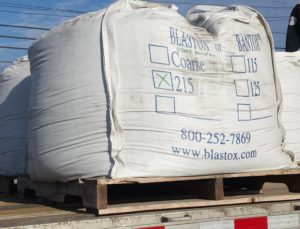
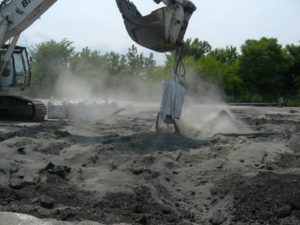

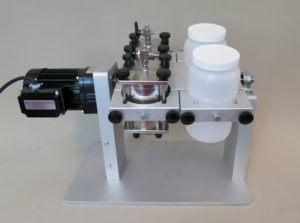
TCLP Testing
When treated soils are sent for TCLP testing, hydration activates Blastox® 215 physically encapsulating metal contaminated soils, limiting water access and leaching. This reaction renders waste non-hazardous allowing for disposal in a regular landfill.
Soil Remediation Case Study



